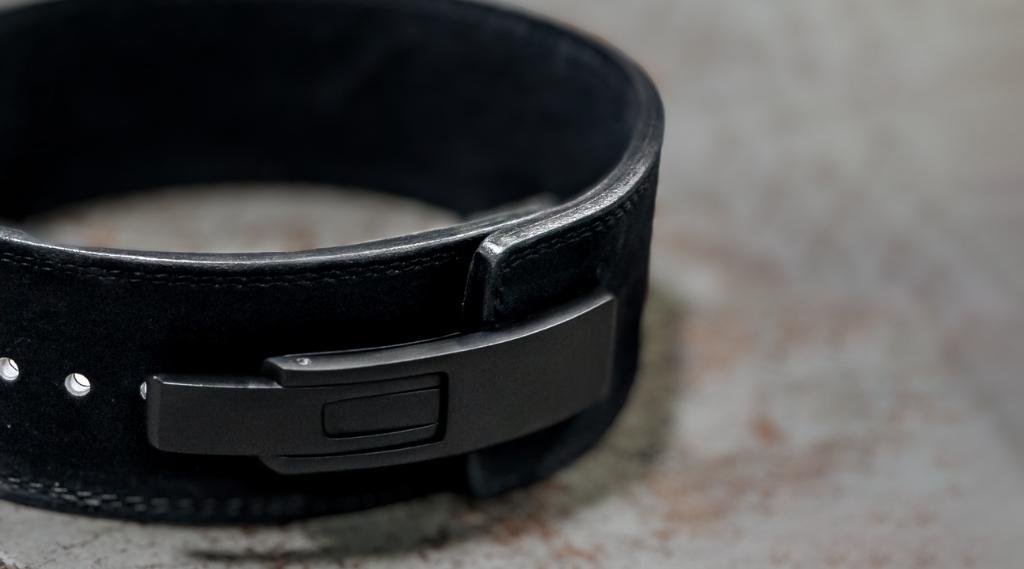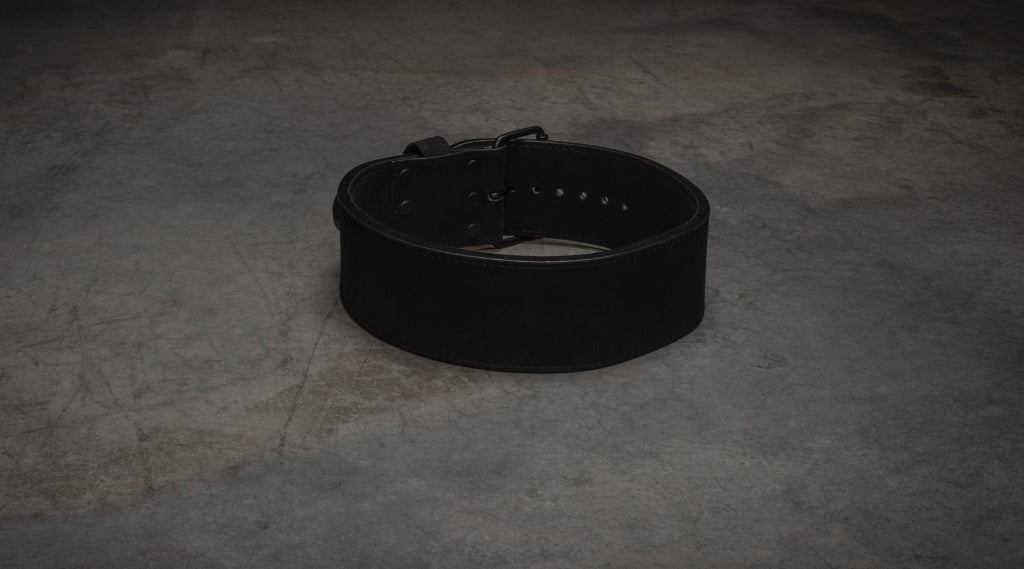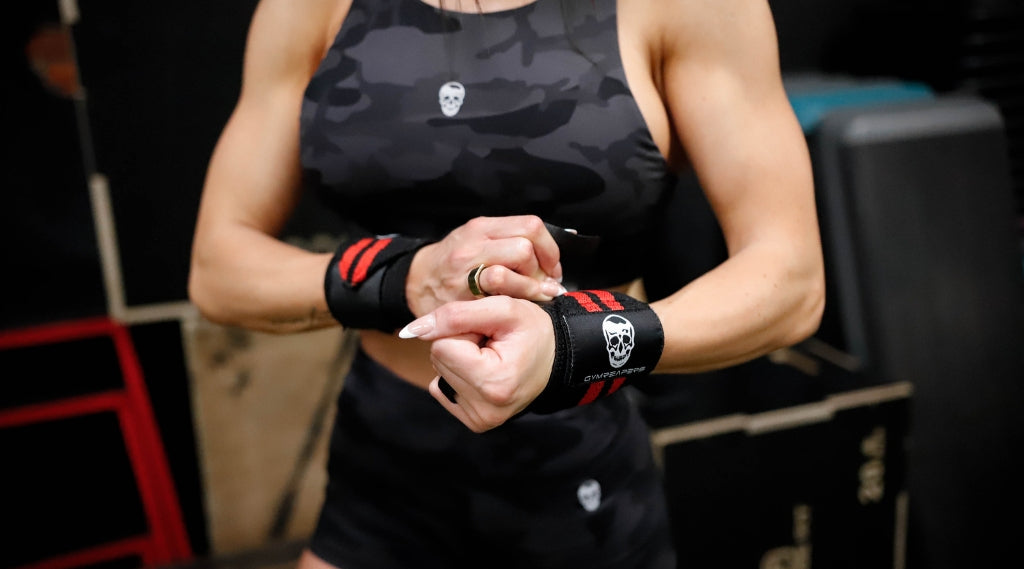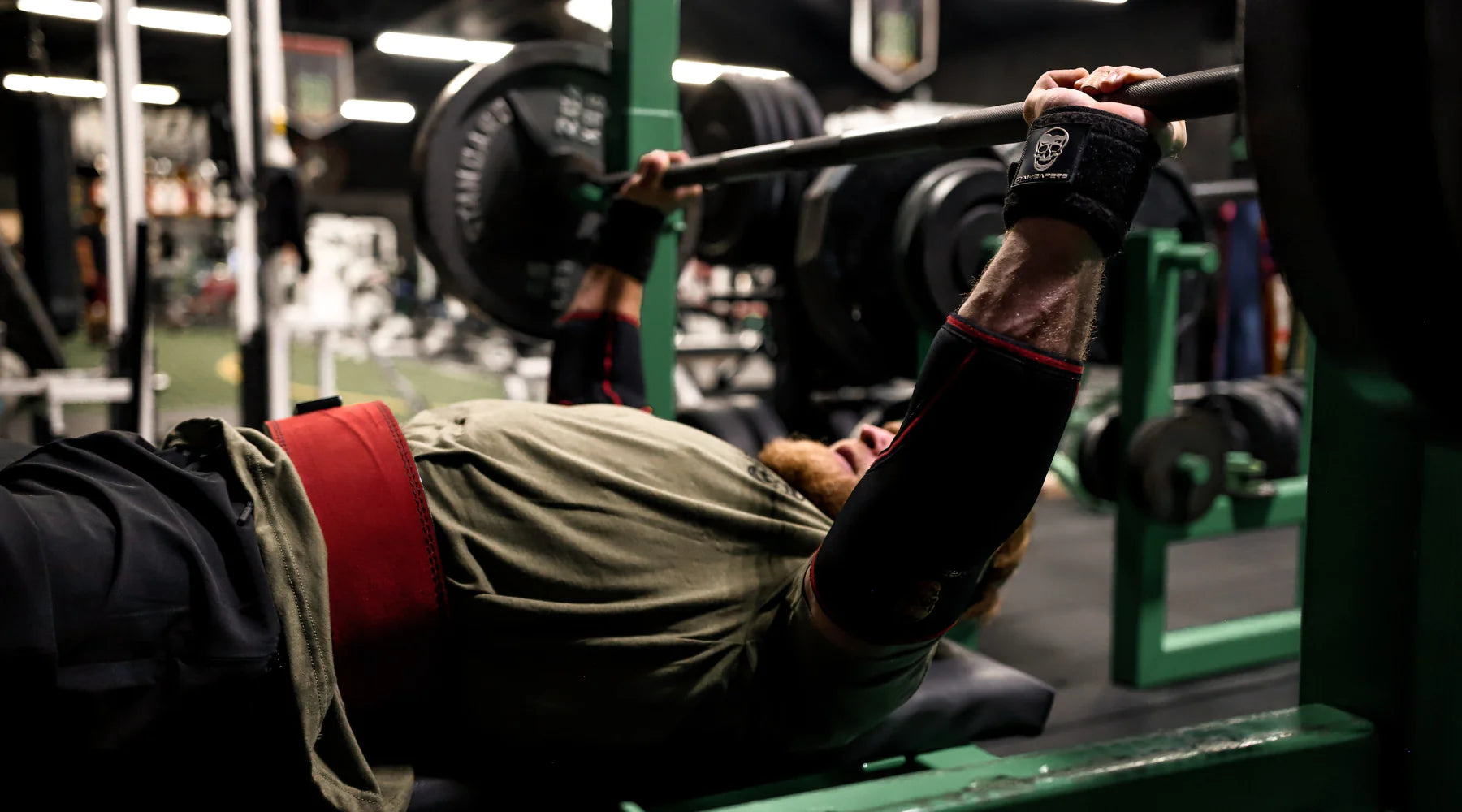Brian Shaw is arguably one of the greatest strongmen ever, having won the World’s Strongest Man title four times. The question is, what lifting belt does he wear?
The lifting belt Brian Shaw wears is the Evolution Athletics Support Belt. Unlike traditional prong and lever belts, Brian’s belt uses Velcro closure and consists of durable neoprene that provides midsection support without impairing mobility. Lifters can place a standard leather belt on top for even more support (essentially, wearing two belts).
Does that mean you should get the same belt as Brian Shaw?
He is a fantastic athlete, but his belt isn’t cheap, and you probably don't need to be wearing two belts, like a professional Strongman athlete.
Key Takeaways
- The belt Brian Shaw uses is considerably wider than a traditional leather belt but doesn’t offer the same level of support during the heaviest training sets.
- Brian’s belt is a good option for strongmen and CrossFit enthusiasts who need midsection support and mobility for dynamic activities like Olympic weightlifting, loaded carries, Atlas stone lifting, etc. However, it’s not the best belt overall.
- Just because your favorite lifter wears a specific piece of equipment, doesn't mean its right or ideal for you.
Brian Shaw’s Lifting Belt: An Overview
The belt you’re most likely to see Brian wearing these days is the Evolution Athletics Support Belt. It comes with multiple Velcro straps that allow him to adjust the tightness depending on what he needs during his training.
Brian even uses the belt during official competitions, as seen here.
Putting the belt and adjusting the tightness is straightforward. Open it up, wrap it around your waist, and lock it in position with Velcro. From there, use the two pieces on the sides to further tighten the belt to fit your needs.
The belt has three tightness options: positions one, two, or three. According to Brian, the first position is ideal when people need a bit of support, such as when going through a warm-up sequence.
Position two is slightly more supportive and works well for medium-intensity training, where lifters use somewhat heavier loads and push themselves more.
The final position is the tightest and is meant to provide maximum support when handling weights close to one’s maximum.
Interestingly, there is another level beyond that:
“If you want to take it up a level from there, all you would need to do is put a power belt on top of this. You can easily wear any power belt on top of this.”
You can see Brian using that exact setup in a video he posted on his Instagram:
Why Does Brian Shaw Wear A Lifting Belt?
The primary purpose of a lifting belt, regardless of the setting, be it powerlifting, strongman, or CrossFit, is to provide torso support by improving intra-abdominal pressure (IAP).

A lifting belt wraps around the midsection, providing a compressive force, creating rigidity, and keeping the spine stable during workouts and competitions. Thanks to the compressive force of a belt, the spine is less likely to flex or hyperextend when picking weights off the floor, pressing objects overhead, etc.
Traditional lifting belts, such as the 13 mm by Gymreapers, are ideal for powerlifting because of the more controlled training environment and limited range of motion. However, such belts might not be beneficial in more dynamic sports, such as strongman, where athletes need support and mobility to perform at their best.
Brian Shaw wears a lifting belt during his training and competition to get the extra support he needs to excel: carrying weights, lifting objects with an awkward shape, etc.
Who Would NOT Benefit From Wearing The Same Belt As Brian Shaw?
Brian Shaw’s belt supports various activities, including movements one would do in strongman training and CrossFit.
The Evolution belt offers support, and trainees can pick from a few tightness levels, but it might still not be enough to provide the expected strength boost of 10 to 15 percent on compound lifts like the squat and deadlift.
People more interested in traditional gym training or powerlifting would benefit from a leather belt, such as the Gymreapers 10 mm. These belts are more compact, rigid, and easier to put on, providing trainees with plenty of core support for brief periods.
Additionally, traditional lifting belts use a lever or prong closure system, whereas Brian’s belt uses Velcro, which might give out when trainees use weights close to their 1RM.
On that note, the Evolution support belt is designed for trainees to add a traditional lifting belt on top, which is evidence that it alone cannot ensure the same core stability as a quality leather belt.
Brian Shaw’s Belt VS Gymreaper’s Belt: Which Is Best?

Durability
The materials used for the Evolution Athletics belt are of good quality, and most customers report that it holds up well and doesn’t show significant signs of wear or tear.
Unfortunately, Velcro is known to give out sometimes, which means the belt might lose its ability to close tightly around the midsection and provide the necessary support.
In contrast, the lever and prong leather belts by Gymreapers last for many years. Leather stands the test of time, and both closure systems last much longer than Velcro.
Support
A leather belt by Gymreapers will provide greater midsection support and benefit trainees who want to press, squat, and deadlift as much weight as possible.
The support belt by Evolution also offers decent support and might be better for people who want to remain more mobile for intense activities like Olympic lifting, loaded carries, lifting Atlas stones, etc.
Closure Type
As mentioned above, the two primary closure types for leather belts are prong and lever, which offer unique benefits:
- Easy to put the belt on and take it off
- Excellent durability throughout the years
- No risk of failure mid-set
The Evolution support belt comes with Velcro, which can also work well, especially while it is still new. However, Velcro can lose its sticking ability over time, rendering the belt useless.
Waist Size
The leather belts by Gymreapers go from small to 2XL and work for waist sizes between 27” and 48”. Evolution support belts run from medium to 5XL and cover waist sizes from 27” to 58+”.
In other words, size won’t matter for most people because there are enough available options with both belts.
Price & Warranty
The two types of belts cost about the same, but Evolution Athletics doesn’t offer a warranty, according to their Terms and Conditions page.
In contrast, Gymreapers products come with at least some guarantee. Leather belts have a one-year warranty covering any material defects; some products come with a lifetime replacement guarantee.













Leave a comment
All comments are moderated before being published.
This site is protected by hCaptcha and the hCaptcha Privacy Policy and Terms of Service apply.